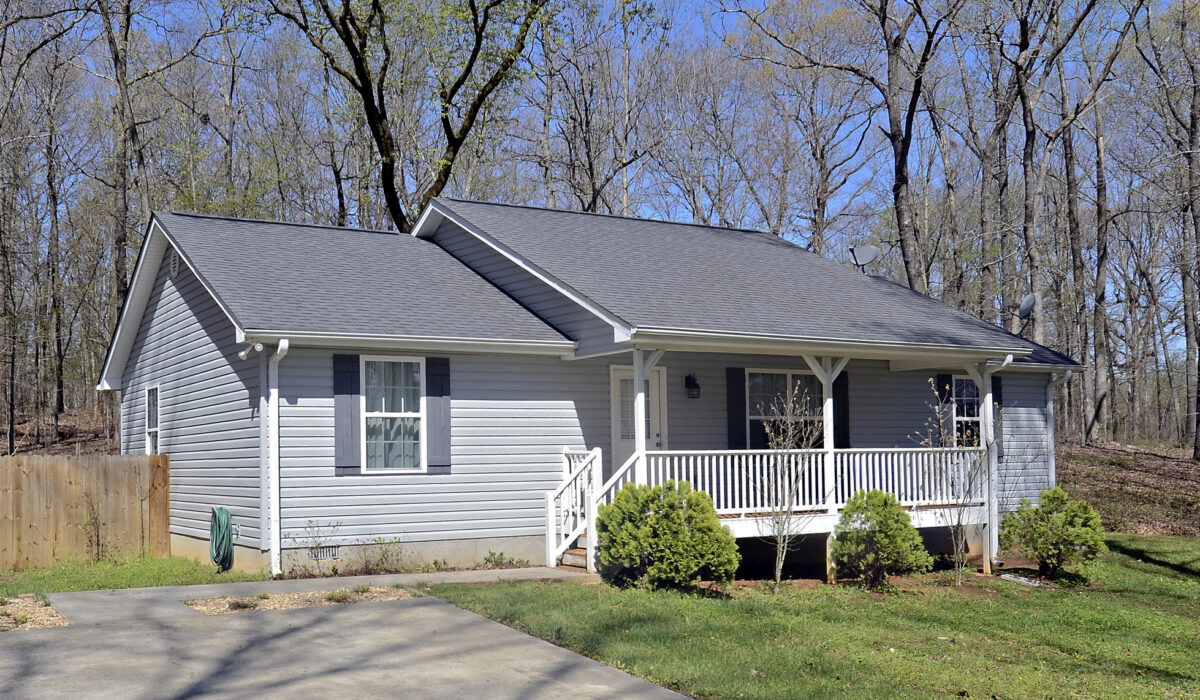- By Phoenix Roofing
- Siding
- 0 Comment
The Impact of Siding on Home Insulation: Enhancing Energy Efficiency and Comfort
When considering home improvements that boost energy efficiency, most people focus on windows, doors, and attic insulation. However, siding is an equally crucial component in enhancing a home’s insulation. Quality siding not only adds to the aesthetic appeal of a house but also plays a vital role in maintaining a comfortable indoor temperature and reducing energy costs. This blog explores the significant impact siding has on home insulation and why it’s a smart investment for homeowners.
The Insulation Role of Siding
Looking for expert roofers in Parma Heights?
Phoenix Roofing & Solar is your #1 Parma roofer.
Make an appointment now!
Siding acts as the first line of defense against external weather conditions. It protects the home from wind, rain, and temperature extremes. But beyond its protective role, siding contributes significantly to a home’s thermal insulation. Properly installed siding can minimize heat loss in winter and keep the home cooler in summer, enhancing the overall energy efficiency.
Types of Insulated Siding
There are various types of siding materials, each offering different levels of insulation. Let’s look at the most popular options:
1.Vinyl Siding with Insulation: Vinyl siding is a common choice for its durability and low maintenance. When combined with foam insulation, it improves the home’s thermal efficiency by reducing heat transfer through the walls.
2.Fiber Cement Siding: Known for its durability and resistance to fire, insects, and rot, fiber cement siding can also be paired with insulation. This combination enhances its energy efficiency while maintaining its robust protective qualities.
3.Wood Siding: While aesthetically pleasing, wood siding is not the best insulator on its own. However, adding a layer of foam insulation behind the wood can significantly improve its thermal performance.
4.Metal Siding: Metal siding, such as aluminum or steel, offers excellent protection against the elements. Insulated metal siding adds a layer of thermal resistance, making it an effective option for improving home insulation.
Benefits of Insulated Siding
Insulated siding provides numerous benefits that go beyond just improving energy efficiency:
1.Enhanced Comfort: Insulated siding helps maintain a consistent indoor temperature by reducing heat loss in the winter and heat gain in the summer. This creates a more comfortable living environment throughout the year.
2.Energy Savings: By improving the thermal efficiency of your home, insulated siding reduces the workload on your heating and cooling systems. This translates into lower energy bills and long-term cost savings.
3.Noise Reduction: Insulated siding can also act as a sound barrier, reducing the amount of external noise that enters your home. This is particularly beneficial for homes in noisy areas or near busy streets.
4.Environmental Impact: By decreasing energy consumption, insulated siding helps reduce your carbon footprint. This makes it an environmentally friendly choice for homeowners looking to make sustainable home improvements.
Installation Considerations
The effectiveness of siding in improving insulation depends significantly on proper installation. Even the best-insulated siding will fail to perform if not installed correctly. It’s essential to hire experienced siding professionals who understand the intricacies of siding installation. Proper sealing and weatherproofing are critical to prevent air leaks and ensure the siding performs as intended.
Maintenance and Longevity
To maintain the benefits of insulated siding, regular maintenance is necessary. This includes inspecting for damage, cleaning to prevent mold and mildew, and making repairs as needed. Well-maintained siding can last for decades, providing long-term energy efficiency and protection for your home.
Financial Incentives
Investing in insulated siding can provide financial benefits beyond energy savings. Many regions offer rebates, tax credits, or other incentives for energy-efficient home improvements. These financial incentives can help offset the initial cost of insulated siding, making it a more attractive investment for homeowners.
Conclusion
Siding is more than just an exterior covering for your home; it plays a critical role in enhancing insulation and energy efficiency. Whether you choose vinyl, fiber cement, wood, or metal siding, adding insulation can significantly improve your home’s thermal performance, reduce energy bills, and increase overall comfort. Proper installation and maintenance are key to maximizing the benefits of insulated siding.
For homeowners looking to enhance their home’s energy efficiency, investing in quality insulated siding is a smart move. It’s an improvement that pays off in terms of energy savings, comfort, and environmental impact, making your home a better place to live while contributing to a more sustainable future.

